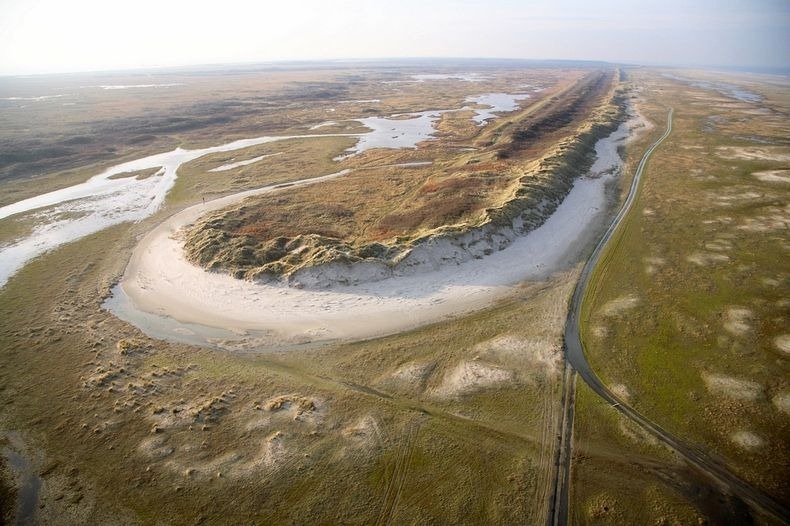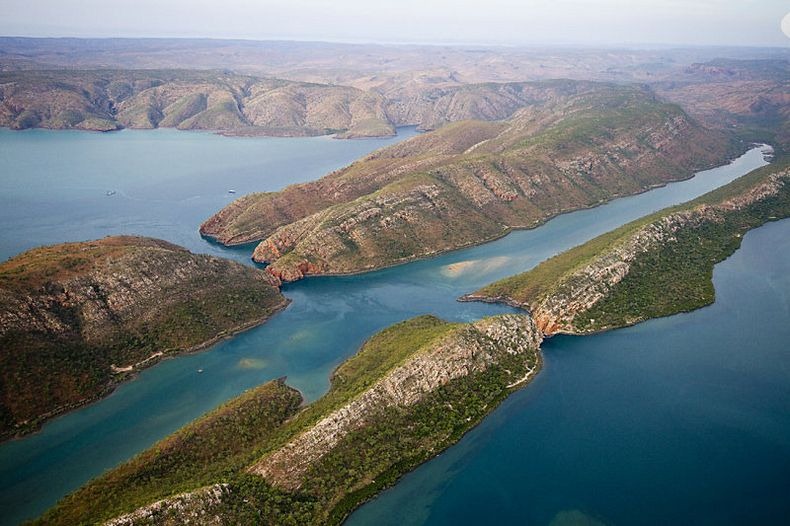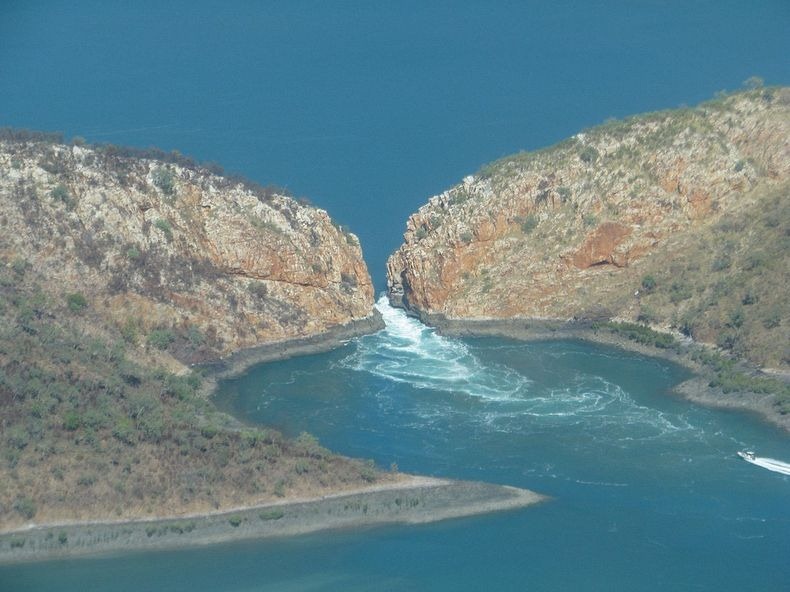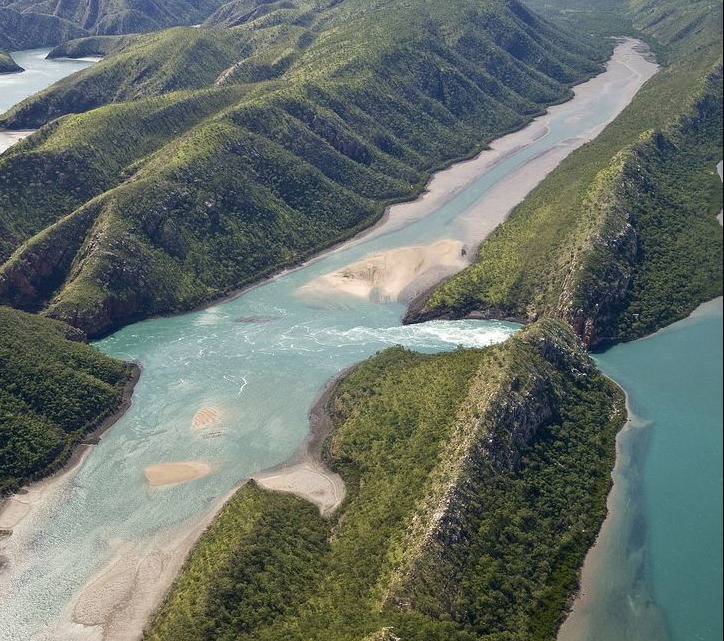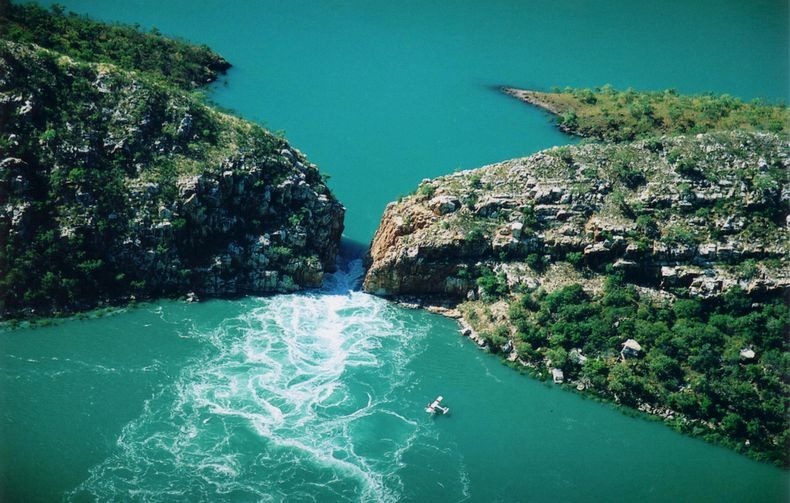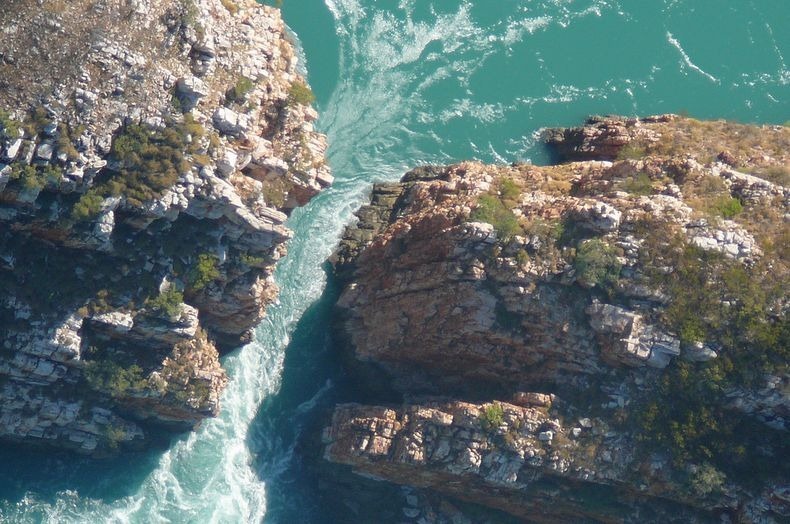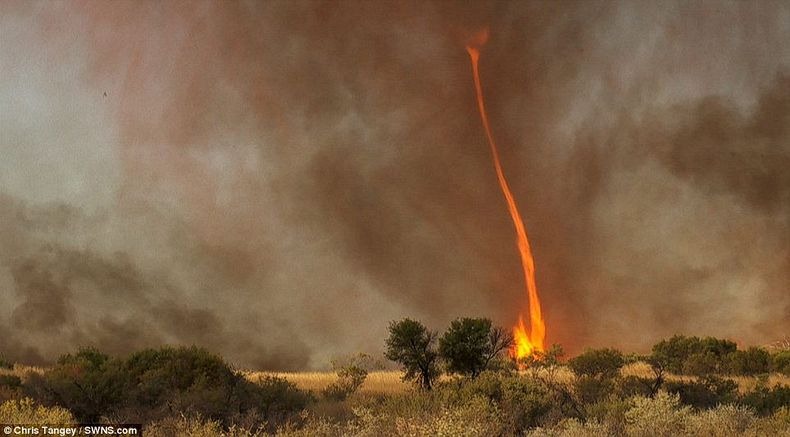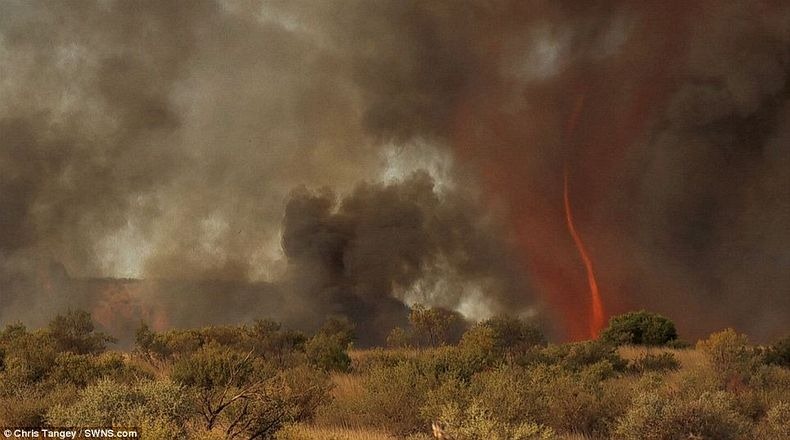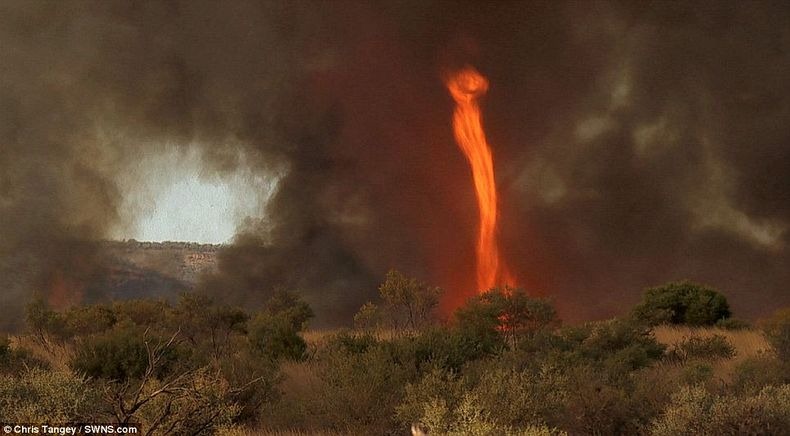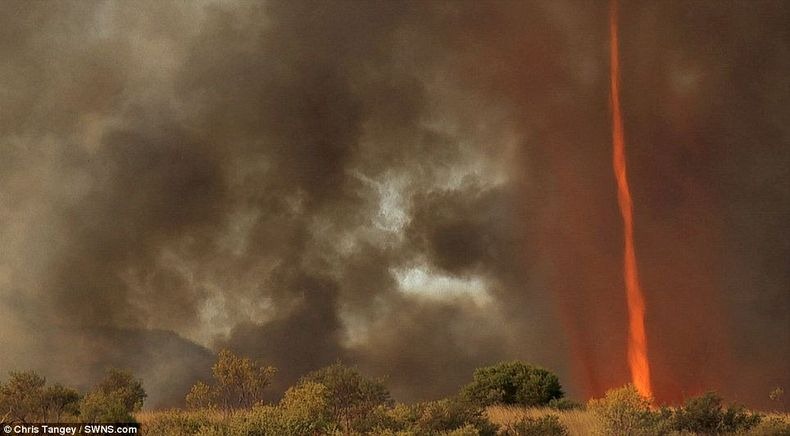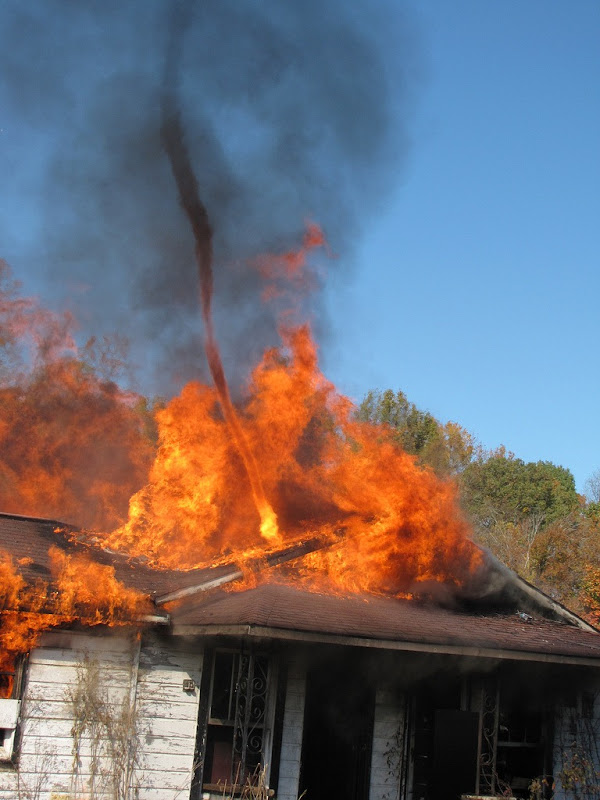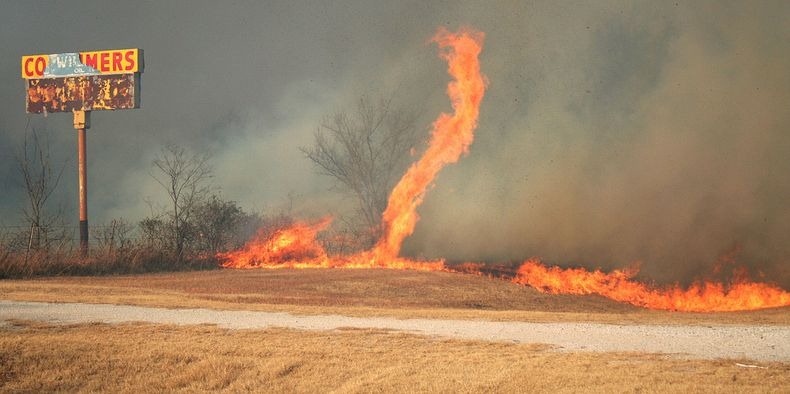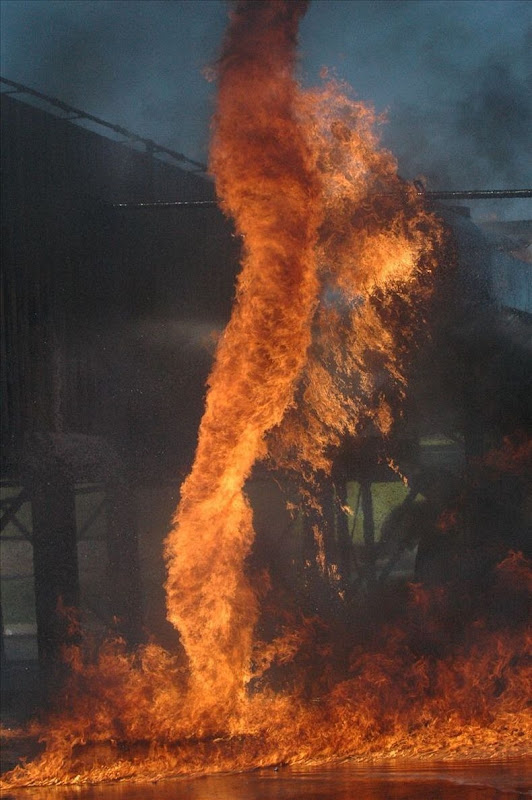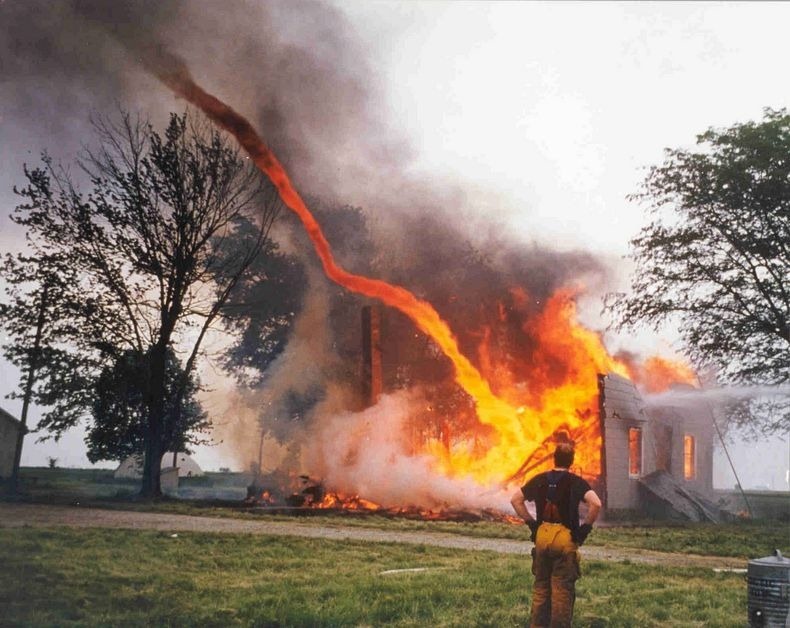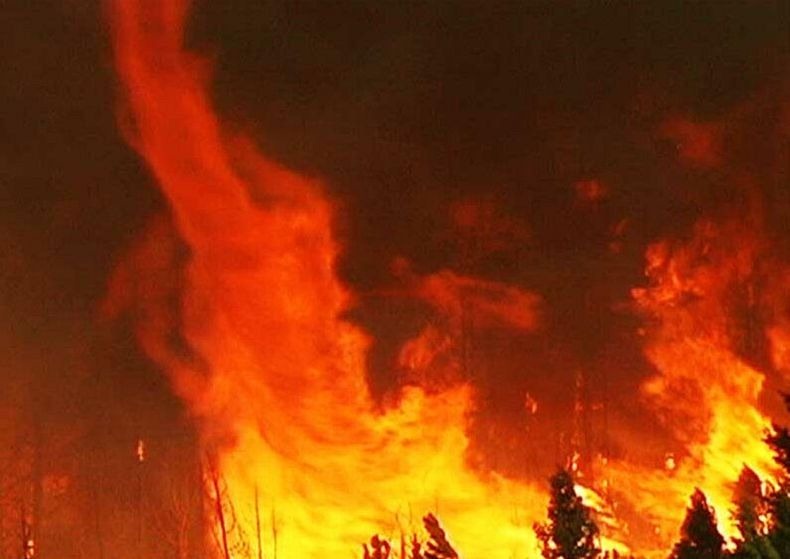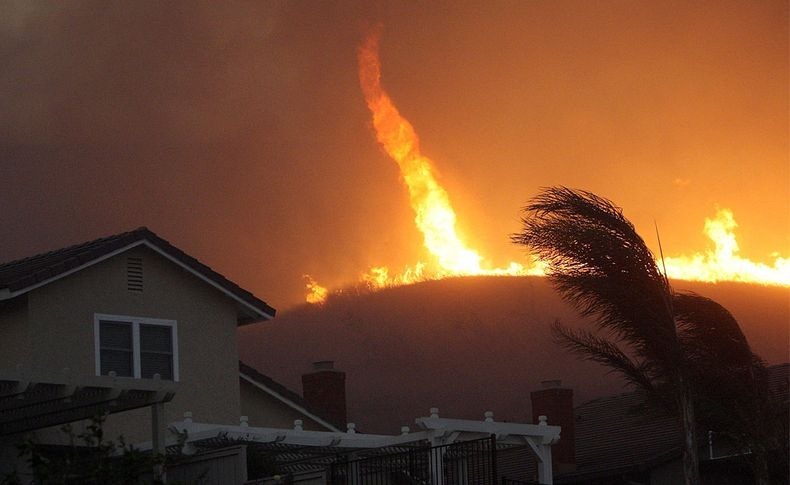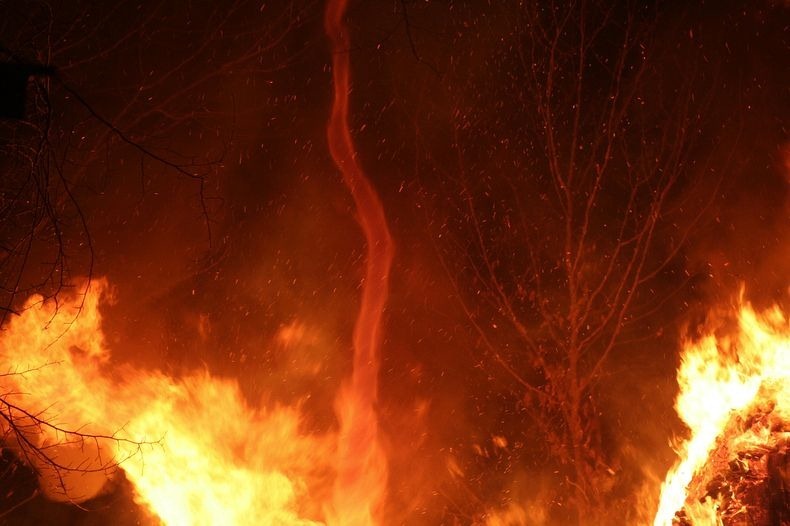Schiermonnikoog is a small island off the coast of the
Netherlands that has been continuously moving to the south and the east,
due to the combining effect of tidal current, prevailing wind and the
sea. Just 762 years ago the island lay roughly 2 km to the north of its
present position, and it had a significantly different shape. If you
work out the math, that is 2.62 meters per year, on average.
The
island doesn’t actually move. The sea erodes the island at one end and
deposits fresh slit on the other causing the island to shift position
and assume a slightly different shape each passing day. There is not
much to see in the pictures though and my searches for satellite images
documenting the movement of the island drew a blank.
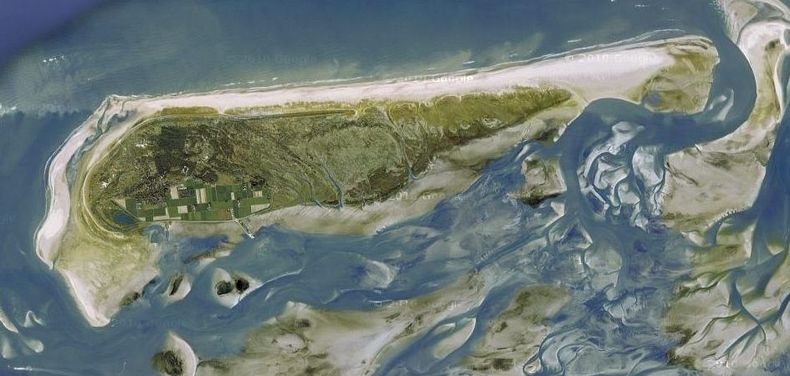
The
name ’schiermonnikoog’ is derived from the monks who used to live on
the island. "Monnik" means "monk" and "schier" is an archaic word
meaning "grey", referring to the colour of the monks' habits. "oog"
translates as "island". The name Schiermonnikoog therefore translates as
“island of the grey monks.”
The island is
small – measuring 16 km by 4 km wide and is the site of the Netherlands'
first national park. The only village on the island is also called
Schiermonnikoog, and about a thousand people permanently reside on the
island. Because the island is small and flat, residents have to take out
a special license to keep their own cars and only 200 islanders own
cars here, making the few streets the island have virtually car-free.
Tourism
is the main source of income on Schiermonnikoog. The island houses a
campground, a ferry pier, a tidal harbour for small vessels and
approximately 15 hotels and hundreds of vacation houses and apartments.
Up to 300,000 people visit the island every year, staying in the 5,500
beds available in holiday homes, apartments and hotels.
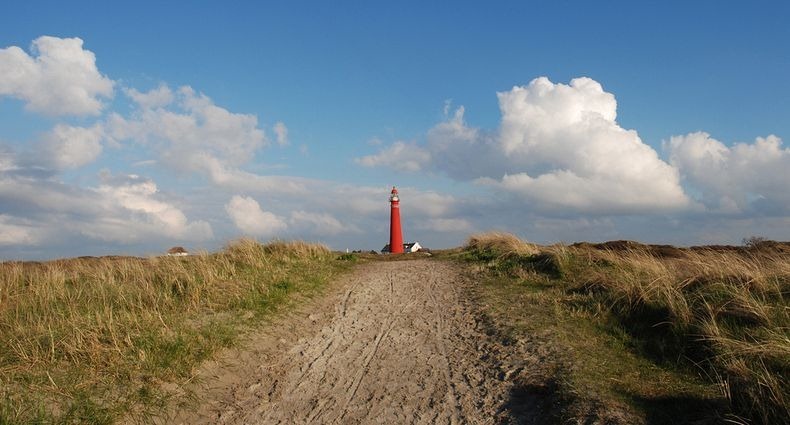 Photo credit
Photo credit
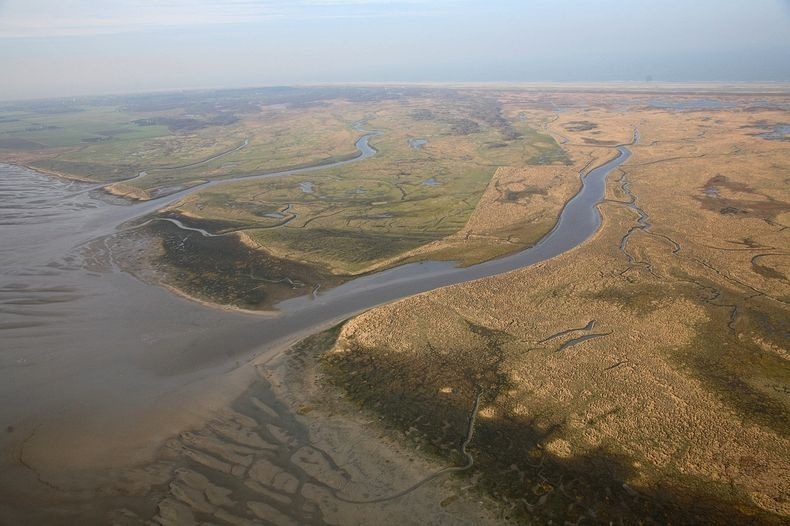 Photo credit
Photo credit
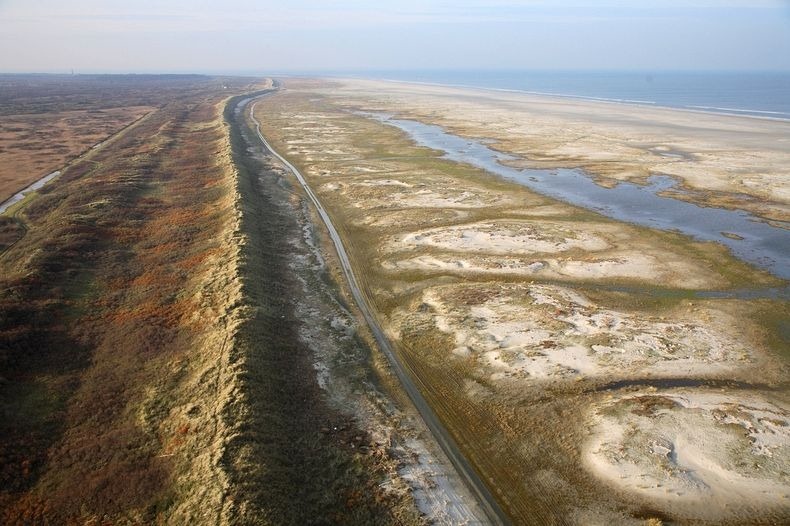 Photo credit
Photo credit
 Photo credit
Photo credit
